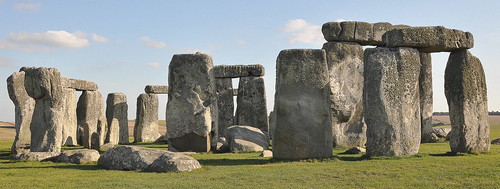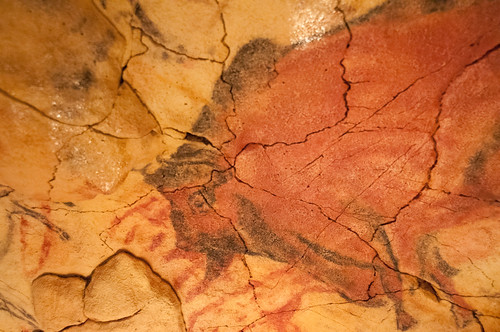Click here to order similar paper @Essaybay.net. 100% Original.Written from scratch by professional writers.
Question 1 10 pts
First Sculpture (Links to an external site.) after reading about the sculpture exhibit
The Paleolithic period is of monumental importance to us since within it are the beginnings of consciously produced images and carvings. The image above predates consciously produced images and may be an example of recognition, meaning that the pebble was not created by humans but was found near the skeletal remains of our hominid ancestor australopthicus africanus. Since the stone is not a material that is locally found, it is fascinating to consider the possible explanations for how it arrived there.
1. Could it be that some hominid ancestors were capable of recognition and symbolic thinking?
2. Where was this pebble found?
3.. What is the date ascribed to the Waterworn Pebble?
Question 2 10 pts
Paleolithic humans were hunter-gatherers moving in small groups, and because they were constantly moving, many of the objects that we find are small. They range in scale (the size of the object) and in the medium (materials used to create the objects).
3. Select one of the Paleolithic carvings from the Module images and describe both the scale and medium of the object. Remember to italicize the title or name for to the object.
Question 3 10 pts
4. The most common subject matter (what is literally depicted) in most Paleolithic carvings is either female figures or animals. What is the subject matter of the object that you selected for question #3? HINT Remember to describe the subject matter thoroughly and objectively without including the content.
Question 4 30 pts
Though Paleolithic humans were not living in the painted caves, some were re-visited over thousands of years. The subject matter of most Paleolithic cave images is animals. Most are represented in strict profile (for easy recognition) or in twisted perspective.(so important elements like horns can be included)
Why did Paleolithic humans begin representation, or the presenting again in a different form, something observed?
It is difficult to imagine a world without images since they are ubiquitous in our lives today, but try to consider the possible transition from recognition of the Makapansgat pebble dating to 3,000,000 BCE to the beautiful and skillful representations of animals in the Paleolithic caves.
5. Imagine that you are a guide to one of the Paleolithic caves in your Module materials. Select a cave with representational images to describe. Practice using the appropriate vocabulary as you describe the images in your cave.
Question 520 pts

The Paleolithic period corresponds to periods of food gathering, the Mesolithic to more intensified food gathering and the taming of the dog, The Neolithic is described as a period of revolutionary changes. Describe three important elements the Neolithic revolution:
6.
7.
8.
View keyboard shortcutsEditViewInsertFormatToolsTable12ptParagraph
Question 6 10 pts
Representation imitates the appearance of something observed

Abstraction is used to symbolize or present something that does not appear in the visible world
What is one of the possible theories about the more abstract (non-representational) depiction in Lascaux of the bird-headed man combined with the more naturalistic image of the bison and rhinoceros?